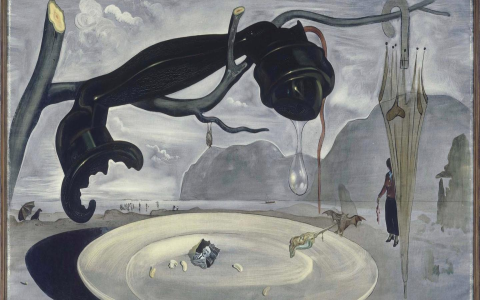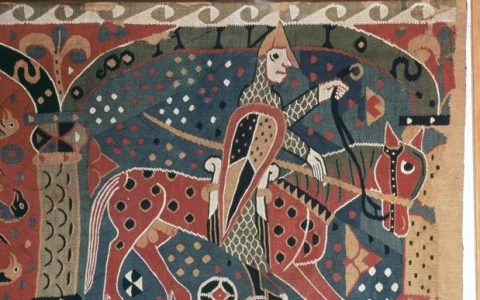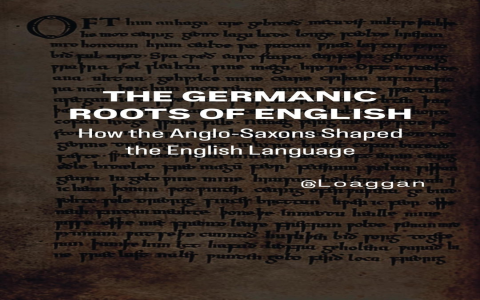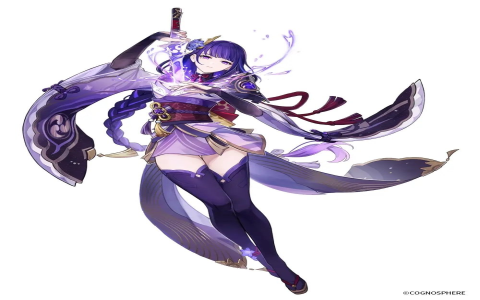Have you ever had an experience like this?You want to spend a few minutes looking for information, but then you end up wasting half the day.I did the same thing the other day, trying to find a few quick historical and political cartoons about the Abolitionist Crisis and authoritarianism, but I almost got stuck in the search.
The plan was simple at first.
I just wanted to see how Americans used cartoons to satirize President Andrew Jackson in the 1830s.Like if he was drawn as a king, or if there was any kind of exaggerated representation.But when I actually started searching I realized that it wasn’t that simple.
I typed a few keywords into the search engine, like “Jackson, kingship, caricature” or “1832 tariff, political satire” or something like that.And what happened?All that came up were thumbnails from Pinterest, trailers from museum websites, and a few history blogs that didn’t look like much.Many of the images wouldn’t open at all, didn’t respond for half a day when they loaded, and were literally rummaging through the digital trash.
A couple of obvious obstacles were encountered.
First, I found that most of the good resources were on library or university websites, where you either had to register or pay to see them.Second, the quality of those free images was really poor, not only were they pathetically small, but they were not labeled clearly enough to know what they were talking about.
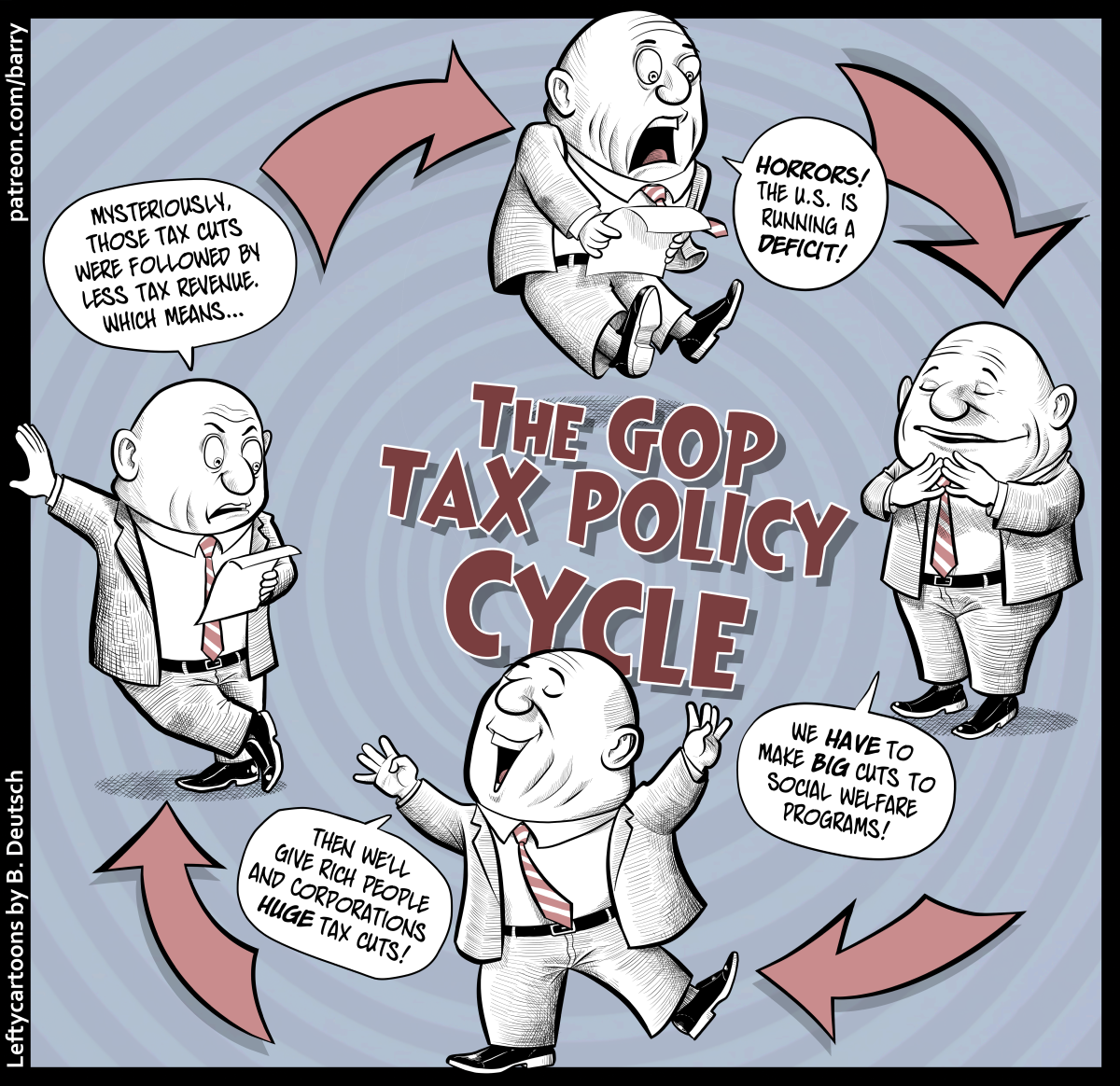
By this time I was on my third cup of coffee and almost gave up.But suddenly a place came to mind – the Government Open Archives!The information there should be open access, right?
Changing my search strategy finally paid off.
I tweaked the keywords to “Library of Congress repeal crisis comics” and then filtered for TIFF or PNG files.And sure enough, it worked!
I soon found a couple of particularly interesting cartoons.In one of them, Jackson was actually drawn as a king, with a scepter in his hand and a document labeled “Southern Protest” at his feet.His clothes are exaggerated to look like medieval royal regalia, and he wears a crown on his head.It’s clear from these details that the cartoonist was criticizing him for abusing his power.
See the meaning behind the cartoons
It was only after I got these high-resolution drawings that I really understood what these artworks were trying to convey:
- Jackson is depicted as a king, indicating that people thought he was too strong and acted like a dictator;
- The scepter in his hand symbolizes his control over the federal government;
- The trampled documents represent him ignoring the opposition of the southern states;
- Some of the images included broken tools and collapsed buildings, suggesting the economic and social devastation caused by the Nullification Crisis.
Looking at these cartoons, I suddenly found them particularly interesting.It turned out that in those days, when there was no Internet, people could express their dissatisfaction and even satirize the leaders of the country with drawings.This gave me a deeper understanding of that period of history.
Summarize the experience.
Although what I originally wanted to spend only 5 minutes on, it ended up taking me a whole 27 minutes to find satisfactory information.Overall it was worth it though, at least I learned how to find historical image resources more efficiently.
Lesson learned: If you’re looking for these old comics, remember to be specific with your keywords – phrases like “Library of Congress,” “TIFF format,” and “Abolition Crisis” will make it easier to find quality content.Together, it’s easier to find high-quality content.Also, don’t rely too much on Pinterest, as the information on it is often unreliable.
I hope this experience helps you find the historical material you’re looking for faster, too.Next time you have a similar search dilemma, give this method a try!

